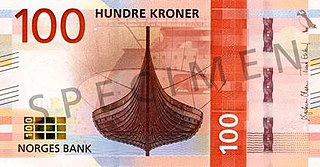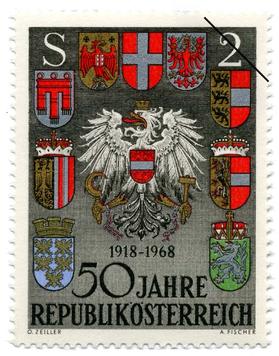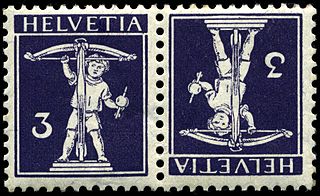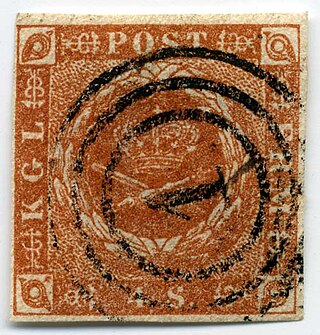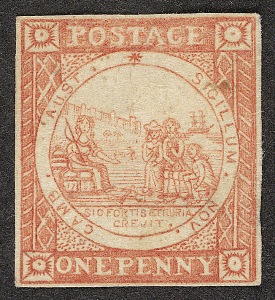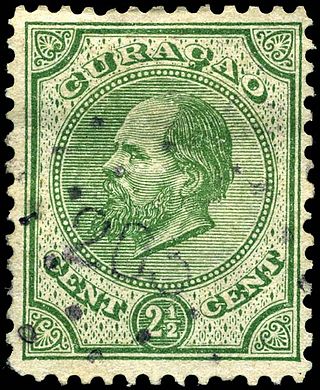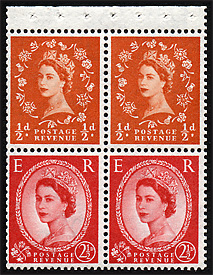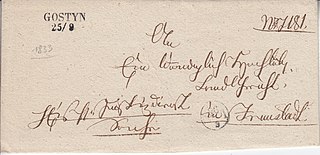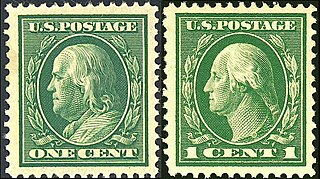Christian IV granted the postal concession for Norway to Henrik Morian on 17 January 1647 and Morian became the first Norwegian postmaster, followed by his wife Anna who was postmaster from 1648 to 1653. The first route was by sea from Christiania to Copenhagen. Other sea routes, including the ones to Kristiansand, Stavanger, Bergen, and Trondheim followed. Originally, all mail was consolidated in Christiania before being sent out. The sea routes utilized merchant shipping, but land routes were slower to develop, with the post being passed from farmstead to farmstead. Incentives for postal-route farmers included exemptions from county road work and military service, and in some cases reduction in taxes. The postal routes delivered the mail to the government offices, and there was no local mail delivery, so gradually private local posts grew up in the larger cities and towns.
In 1719, the private concession was terminated and the Danish-Norwegian state took over the national postal service as a state monopoly; however, the local city posts remained private. [2]
Posthorn stamps
In 1872, Norway introduced its first stamp with a posthorn design; stamps of this type, with periodic redesigns, have been in use ever since.
P. Petersen, Kristiania Issues (1872–1879):
Series I – Values in SKILLING with NORGE in sans-serif lettering, Posthorn Shaded (1872–1875): 1 Sk Green, 2 Sk Blue, 3 Sk Red, 4 Sk Violet, 6 Sk Orange-Brown, 7 Sk Brown. Two values were overprinted, 15 ÖRE over 4 Sk (1908) and 30 ÖRE over 7 Sk (1906) from remaining overstocks.
P. Petersen, Kristiania; Chr. Johnsen, Kristiania; and Central Printing Works, Kristiania Issues:
Series II – Values in ÖRE with NORGE in sans-serif lettering (1877–1893): 1 to 60 ÖRE
i) Posthorn Shaded (appears quite dark) (1877–1878): (Petersen) 1 to 60 ÖRE; later two values from 1877 were redrawn as follows: 5 ÖRE (Petersen redrawn, small "5" without ball, 1879), 10 ÖRE (Johnsen redrawn, large "1" with tip pointing downward, 1882)
ii) Posthorn Unshaded (appears much lighter):
a) 21mm die – Johnsen (1882–1885): 3 to 25 ÖRE.
b) 20mm die – Central (1886–1893): 1 to 25 ÖRE.
Central Printing Works, Kristiania; Chr. H. Knudsen Issues:
Series III – Values in ÖRE with NORGE in Roman lettering (1893–1929): 1 to 60 ÖRE
i) Spot/Circular Line of Color within top ring of Posthorn Under the Crown:
a) Central (1893–1895): 1 to 50 ÖRE (Perf. 14.5 x 13.5 or 13.5 x 12.5)
b) Knudsen (1895–1908): 1 to 50 ÖRE, plus new values 2, 15, 30, 60 ÖRE (Perf. 14.5 x 13.5 or 13.5 x 12.5)
ii) Posthorn re-engraved removing the Spot of Color within top ring of Posthorn Under the Crown. Posthorn much brighter, showing an almost continuous white line from mouthpiece to the bell:
a) Knudsen (1909–1919) (Perf 14.5 x 13.5): 1 to 60 ÖRE
b) Knudsen (1920–1929) (Perf 14.5 x 13.5): New values and Colors: 5, 7, 10, 15, 20, 25, 30, 40 ÖRE
Emil Moestue A/S Issues (1937–1952) – Screened Rotary Photogravure:
Series IV – Values in ÖRE Printed in Photogravure (1937–1952): 1 to 20 ÖRE
Note: These are easy to identify since the vertical background lines surrounding the Posthorn and Crown have been removed.
i) Watermarked or Unwatermarked Paper
ii) V Overprint, Watermarked or Unwatermarked Paper (August 1941): 1 to 12 ÖRE
Bank of Norway Issues (1962–2001):
Series V – Values in ÖRE Steel Engraved (1962): 5 to 20 ÖRE
Note: The Steel Engraved issues are easy to identify since they have the following unique characteristics:
a) The tubing of the Posthorn is wider and cleaner
b) The Oval Band with "NORGE" consists of fine horizontal lines
c) The Large Numeral is not a solid color, but has fine regularly spaced white dots
Series VI – Values in ÖRE Steel Engraved on Phosphor Paper (1969–1989, 1974, 1978–1994): 5 to 20 ÖRE, 25 ÖRE, 40 to 90 ÖRE
Series VII – Values in ÖRE (New Values) Four-color Offset on Phosphor Paper (1997–2001): 0,10 to 0,50 Kr
Series VIII – Values in KRONER (two-color) Steel Engraved on Phosphor Paper (1991–2000): 1 to 9 Kr
Crown and Posthorn in "Gold" Color:
Royal Joh. Enschedé, Holland Issues – Offset (from 2001):
Series IX – Values in KRONER, Low Values (multi-color) Five-Color Offset on Phosphor Paper (from 2001): 1 to 9 Kr
Series X – Values in KRONER, High Values (multi-color) Offset on Phosphor Paper (from 2010): 10 to 70, and 90 Kr; Miniature Sheet 19 Kr (2022). Some of the latest issues exist with a) either gummed or self-adhesive papers; b) phosphor or ordinary papers; c) with two gauges of perforations.





